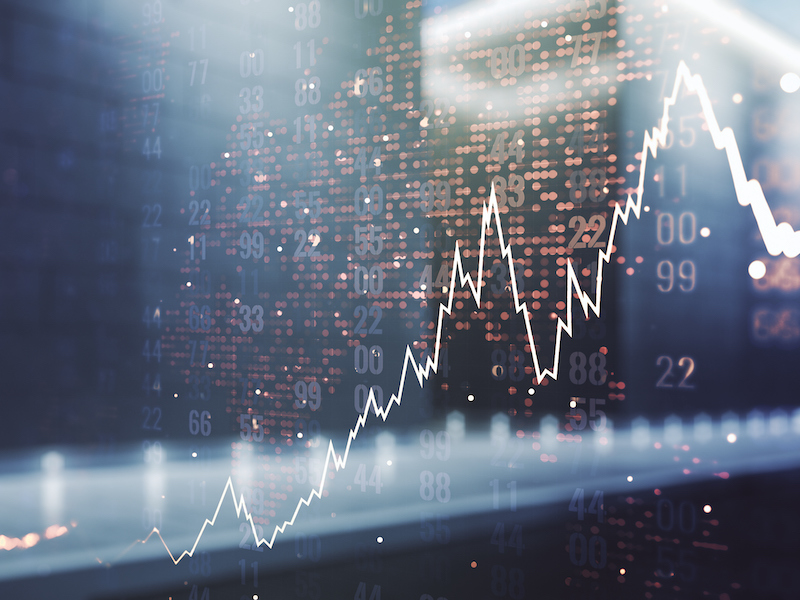

Transcript: Inversion opportunities can still be found in high-yield bond market
Dylan Herrmann of Brandywine Global says sub-par prices make non-investment-grade fixed income look attractive
- Featuring: Dylan Herrmann
- October 15, 2024 October 15, 2024
- 13:01

Welcome to Soundbites, weekly insights on market trends and investment strategies, brought to you by Investment Executive and powered by Canada Life. For today’s Soundbites, we’re talking about opportunities across the global high-yield space with Dylan Herrmann, client portfolio specialist with Brandywine Global Investment Management. We talked about yield recalibration, upside surprises, and where he sees opportunities. And we started by asking how 2024 has played out so far for high-yield bonds.
Dylan Herrmann (DH): Fixed income was challenged through the first half of 2024 and, you know, the higher-for-longer narrative dominated markets. But the tide turned in late July 2024 as economic data indicated some weakness, and it warranted some potential rate cuts by the Fed. Following a strong 2023, high yield has performed strongly this year, once again outperforming core fixed income. Returns through the first half of the year were positive. High starting yields supported positive returns and attracted investment into the asset class, while strong fundamentals have kept defaults below average and spreads stable. Most notably, high yield has outperformed core fixed income while simultaneously delivering less volatility. We may well be past peak volatility now, but the road ahead may be a bit bumpier than expected.
Yield calibration
DH: The yield curve has disinverted and normalized, but there’s potential for some correction as monetary policy unfolds, especially in the long end. Given the underlying strength of the high-yield market, high-yield spreads in the short term may move due to shifts in the underlying base rate. There are still inversion opportunities in the high-yield market as well so we’re investing in those front-paid bonds with higher yields than bonds that are further out in the curve.
Where we’ve seen upside surprises.
DH: The triple-C and below market has rallied very meaningfully over the past 18 months. That’s been boosted by the recent soft-landing narrative and idiosyncratic corporate developments that spurred higher prices amongst the lowest-quality cohort of the high-yield market. Sectors with outsized exposure to these lower-quality credits, such as healthcare and technology, have especially benefited.
Where he sees opportunities
DH: Right now, we’re in the phase where the Fed has initiated rate cuts, and this is an attractive opportunity for the high-yield market in general. A look back at prior easing cycles indicates that high yield typically performs well as central banks cut rates. Looking at three-year performance from the first rate cut moving forward, high yield outperformed core fixed income in all periods, while also outperforming equities in hard-landing outcomes and delivering equity-like returns in soft-landing outcomes. You’re seeing these same type of trends in the strategic asset allocation side, where large pools of institutional capital are starting to allocate to credit over your core fixed-income market, especially looking at treasuries and sovereigns. So, the opportunity in credit is definitely there, and that’s leading to this supply-demand imbalance that we’re in right now. Easing monetary policy definitely helps soothe market sentiment, but the reality is that credit markets have been in easing mode for some time now. We’ve seen strong issuance year to date, amidst high demand for both investment-grade and high-yield issues, which has also kept spreads relatively tight. We expect this trend to continue as strategic allocators are increasingly preferring credit exposure rather than Treasuries.
Sectors he likes
DH: We don’t typically cover individual names that we like, but we’ve been making sector-level changes at the margins. We’ve been taking a closer look at names in the basic industry sector. In particular, some new-issue single-B names that have offered compelling yield opportunities in the high single digits. The other space that we’ve been looking at are non-bank financials. They continue to be an overweight for our portfolios that we’ve added on the margins over the last few months. In particular, we’ve been looking at the consumer lender space. Coming out of the regional banking crisis in March 2023, there was the perception that non-bank lenders would be under more pressure. In reality, they had less competition from traditional banks, and they were thus in a stronger position to lend money, while banks were tied up with regulation. Although the consumer has held up well at a high level, the lower-income cohort of consumers has been showing some signs of cracking when looking at delinquencies and credit cards and sub-prime auto loans. Even with the recent interest rate cuts, we believe that rates are still restrictive, and consumer debt levels are elevated. Debt collection services are set to do well in this environment.
And finally, what’s the bottom line for investors when it comes to high-yield bonds?
DH: Right now, a 7% yield for three years of duration in the asset class offers a compelling opportunity for most investors. If you combine this with sub-par prices, strong fundamentals, a favourable supply-demand dynamic, and an improved market in terms of seniority and credit quality, you have a solid foundation for an allocation over the next few years. Paramount in high-yield investing is steering clear of defaults, avoiding the potholes and driving straight on the path to success.
Well, those are today’s Soundbites, brought to you by Investment Executive and powered by Canada Life. Our thanks again to Dylan Herrmann of Brandywine Global Investment Management. Visit us at investmentexecutive.com, where you can sign up for our a.m. newsletter and never miss another Soundbite. Thanks for listening.
**
Go back to the article.
